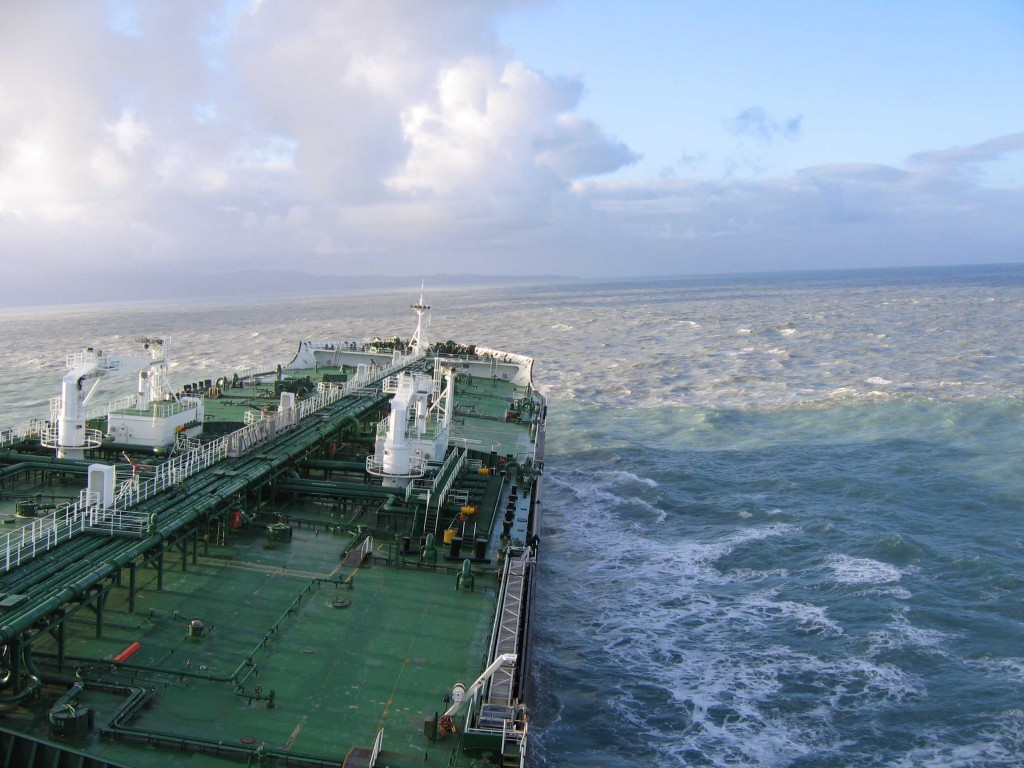by Nathaniel Humpal
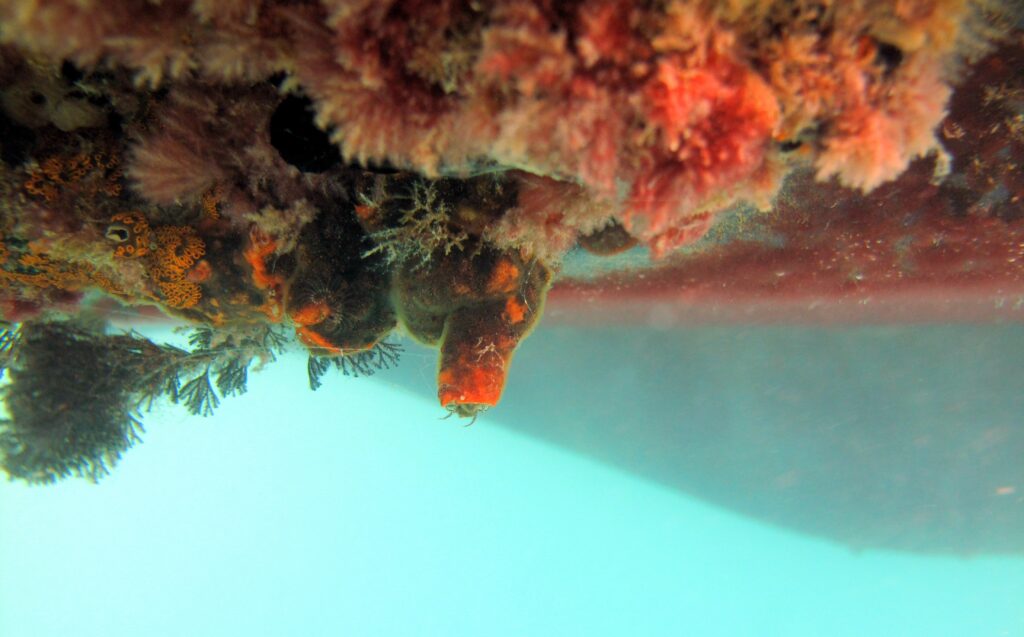
Many people know that invasive species can harm local ecosystems. But one of the keys to their success—how quickly they can enter a new environment—remains shrouded in mystery. The Smithsonian Environmental Research Center (SERC) zeroed in on this issue in a new paper, highlighting the dangers of ignoring the potential of invasive species’ reproductivity.
Published in the December issue of Frontiers in Ecology and the Environment, the new paper focused on invasive marine invertebrates that gather on ships’ hulls. These invertebrates go by the name biofoulers. They build up on hulls, and can remain there for a long time, until they reach an area ideal for reproduction.
“We focus on marine invertebrates in the paper because they’re a group that’s especially likely to rely on spawning to be introduced, because they don’t move for most of their lives!” said Sarah Donelan, a researcher at SERC’s Marine Invasions Lab and lead author of the paper. Since biofoulers can stay on hulls throughout the ships’ journeys, ships can introduce them to multiple new areas. Sooner or later, they’ll reach an area ideal for them to reproduce and invade the local ecosystem.
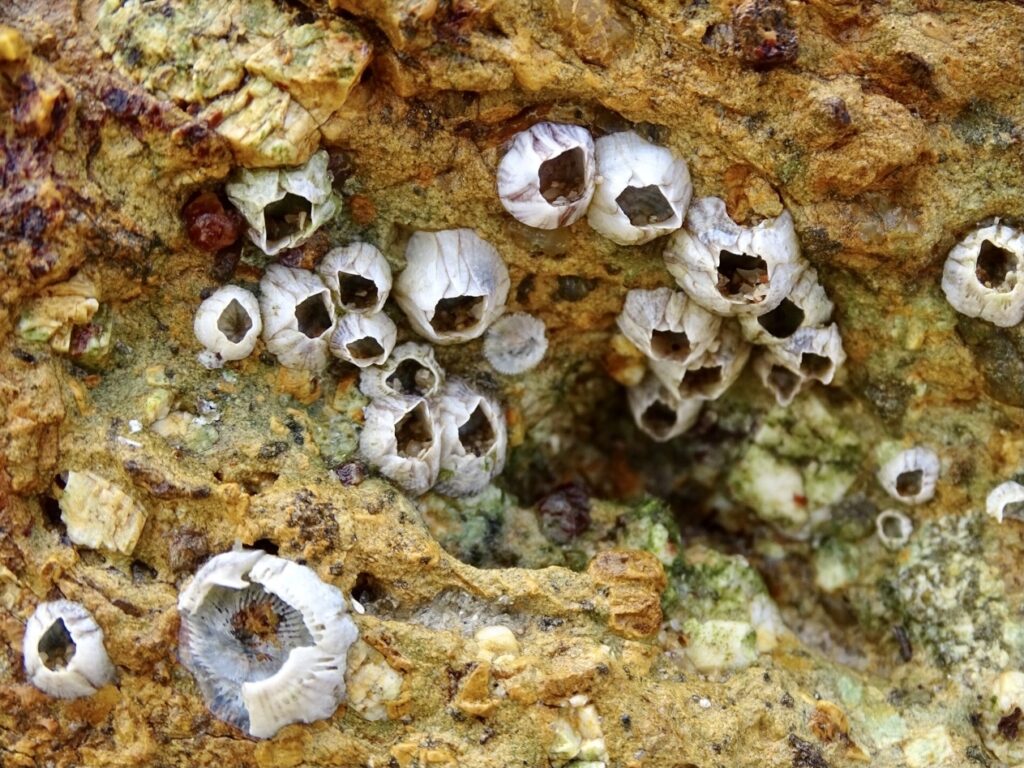
One well-documented invasive species the paper examines is the barnacle Amphibalanus amphitrite. By using this species as a case study, scientists estimated a single reproduction event can lead to millions of barnacles entering a new habitat. The same might also be true for other biofouling species. A single successful reproduction event from an invader could lead to ruin for invaded ecosystems.
“Many non-native species can outcompete native species or prey on native species in such a way that reduces native species abundance, or even drives them to local extinction,” Donelan said. “So we care about this because we want to maintain native species and the ecosystem services they provide to humans.”
Routes in Flux
Scientists are working to discover the most common biofouling species and their preferred reproducing conditions. Once they learn more, it will be possible to predict reproductive “hotspots” in common shipping routes. By predicting the hotspots, ships can start to take steps to prevent reproduction.
Making predictions isn’t that easy, though. Human transportation isn’t the only thing affecting invasive species around the world, after all.
Climate change, politics and unexpected events also play a role. Climate change is altering the availability of shipping routes. Trade relationships between countries can alter these routes further, as can unexpected events such as COVID-19. These alterations cause ships to change routes, which means they can spread invasive species to more ecosystems, leading to more damage.
When invasive species harm local ecosystems, they can also harm human communities nearby. Eventually, invasive species can even start to impact the world’s economies or people’s health. But there are many more negative effects scientists don’t know about.
“Most invasive species don’t have these enormous and obvious impacts,” said Whitman Miller, coauthor and head of SERC’s Ocean Acidification Lab. “However, all successful invaders must have some effect on the invaded community and ecosystem. But most such effects have not been measured and go undetected.”
An Ever-Shifting Sea of Hotspots
In order to reproduce, invasive species need to find an environment that has the ideal conditions for them to thrive. So when ships sail along routes that vary in temperature—from the Arctic Ocean to the Suez Canal, for example—invasive biofoulers may find an area somewhere along this route ideal for them to spawn. That’s why it’s important to pay attention to the temperatures in different routes and compare them to biofoulers’ preferred conditions once scientists learn more.
How salty the water is can also play a role. When invasive species move from salty water to fresh waters, or vice versa, the odds of triggering reproduction may change.
“Organisms are adapted to spawn when the water conditions are best suited for larval survival,” Donelan explained. “So a change in salinity or temperature might indicate to them that the environment is right for spawning.”
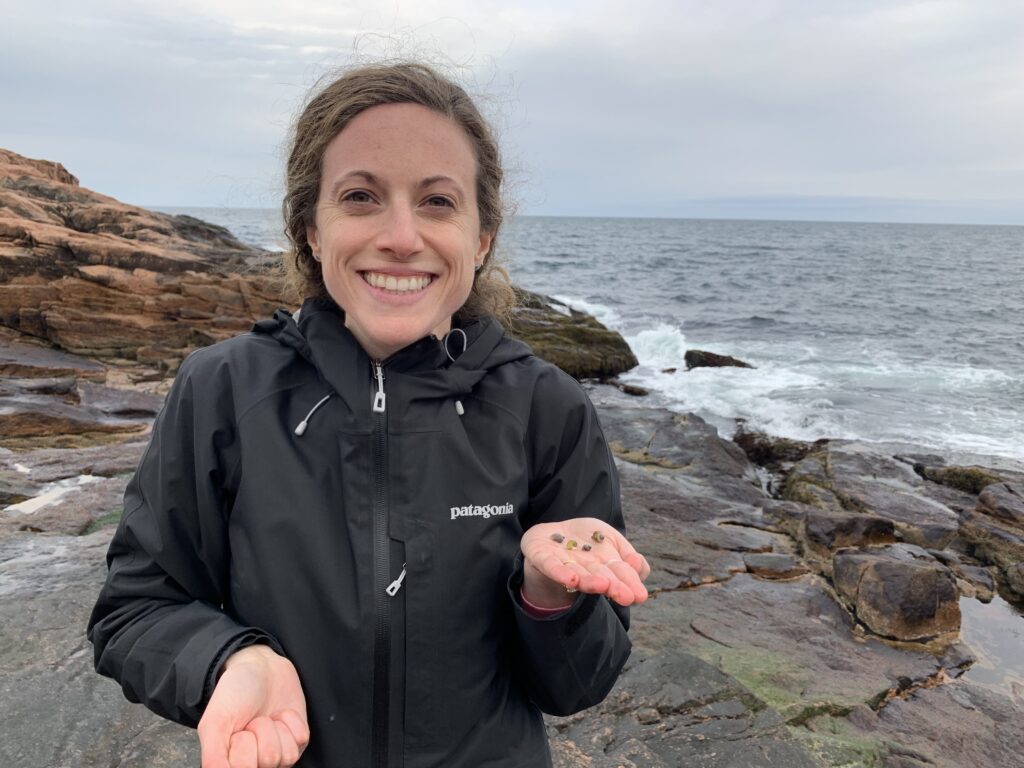
Climate change can make it even more difficult to pinpoint the ideal environmental conditions for invasive species.
Climate change complicates things because of rising temperatures in the oceans. These changes aren’t always predictable, and they may impact invasive species in ways scientists haven’t discovered yet.
Furthermore, if ships stay in port for long periods of time, invasive species have even more time to reproduce.
“Some biofoulers can rebuild reproductive capacity within days of spawning,” Donelan said. “So if they’re in port during those days, they’re more likely to spawn multiple times.” Similarly, if ports conditions are ideal enough, it could lead to invasive species reproducing more since they would feel at home—especially since ports usually have a plethora of food. Ships can’t always prepare for these scenarios.
COVID-19 is the latest example. The pandemic has forced ships to stay in port longer for health reasons. This may have generated more time for invasive species to reproduce, triggering multiple spawning events of more invasive species across the world. Therefore, even leaving ships alone in ports poses a risk to local ecosystems if ships’ hulls don’t receive regular cleaning and maintenance.
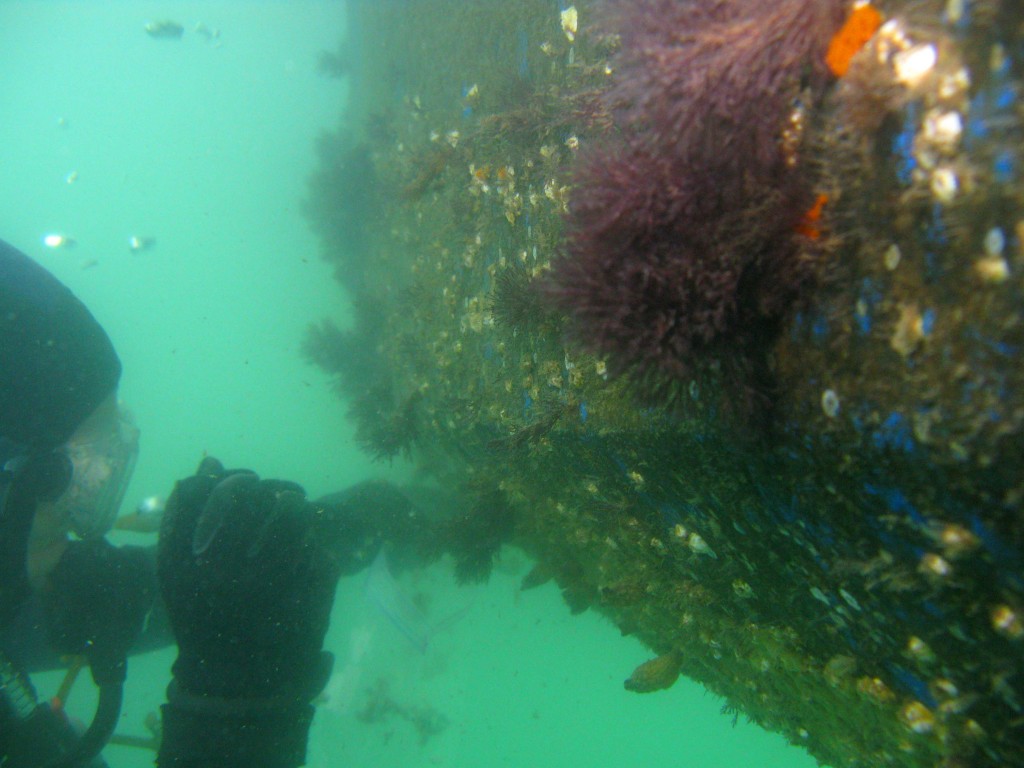
Ships still aren’t required to clean their hulls regularly, though in many places they’re encouraged to do so. Typically, companies target organisms in the ballast water inside ships’ hulls, while often underestimating what’s clinging to the outside. Donelan and the other authors hope their research will help shipping companies and managers learn more about the dangers of biofoulers.
Once scientists learn more about biofoulers and their preferred spawning conditions, this increased knowledge can help ships make the best decisions—both to deliver their cargo and minimize invasive species’ chances of survival and reproduction.
“Shippers [need to] realize that oceans are a natural resource that is shared across the global community,” Miller said. “And, with use comes a responsibility for good stewardship, some of which is related to minimizing the amount of biota that is moved from place to place.”
The full research paper, “Marine species introduction via reproduction and its response to ship transit routes,” is located on the journal’s website at https://esajournals.onlinelibrary.wiley.com/doi/full/10.1002/fee.2551
Go Deeper
Boaters: Beware of Hitchhikers on the Hull
California and New Zealand Crack Down on (Bio)Foul Play
Arctic Unguarded: Melting Ice Opens Way for Invaders

